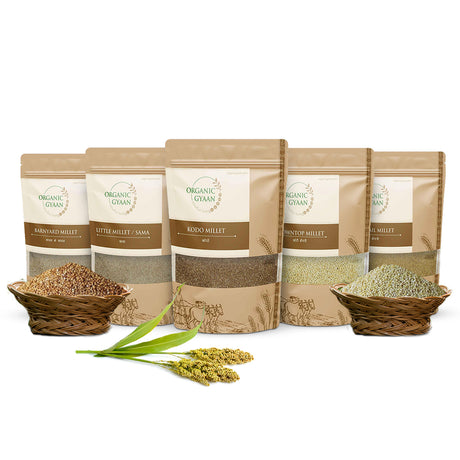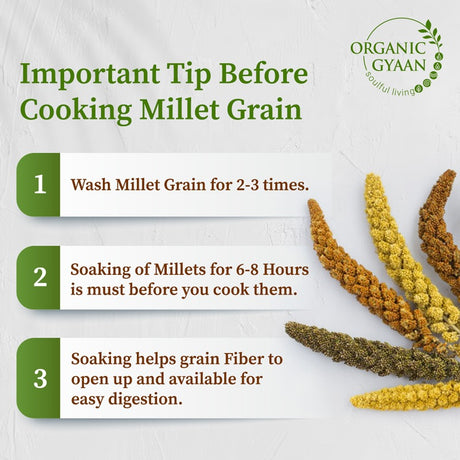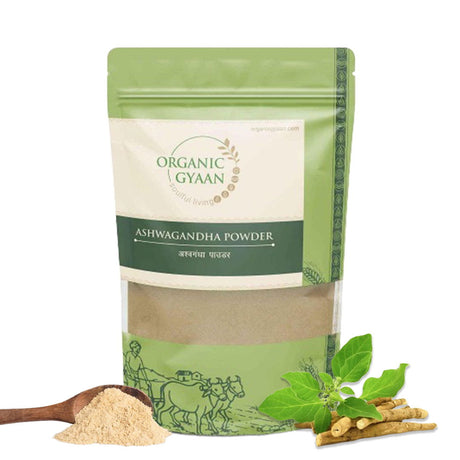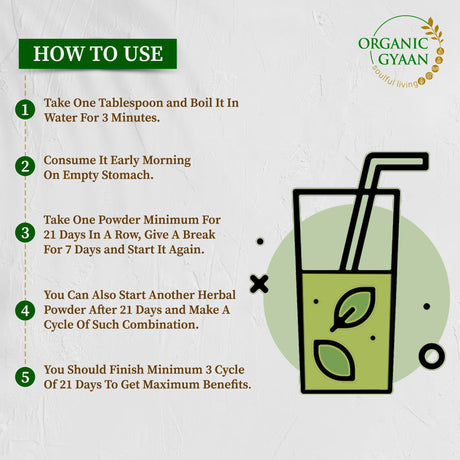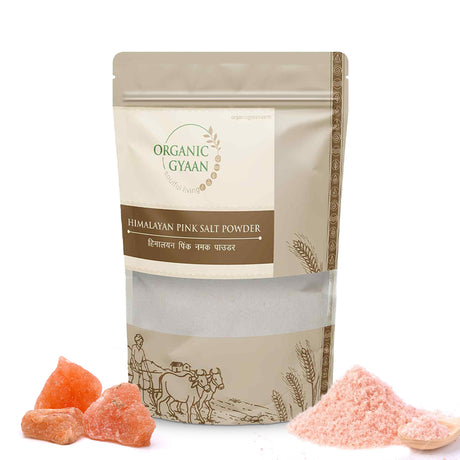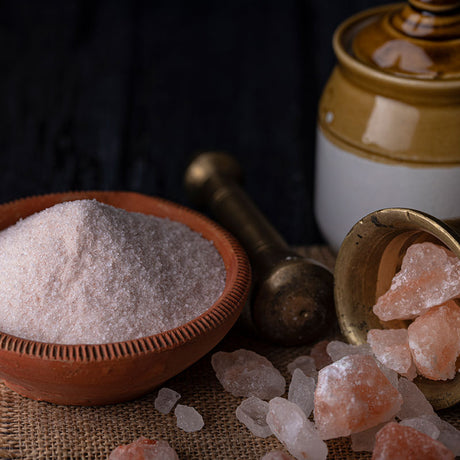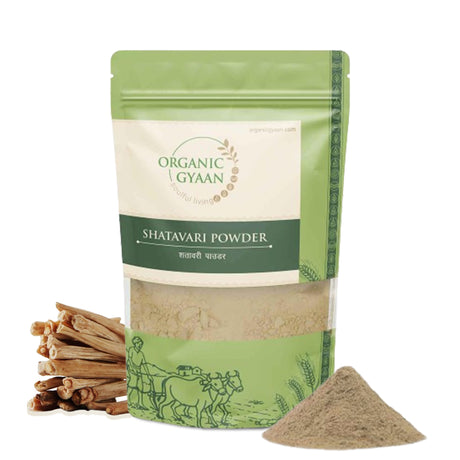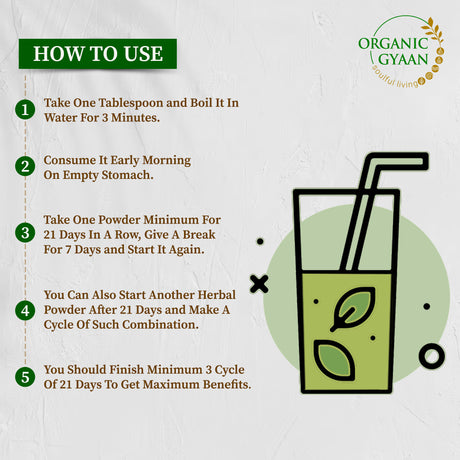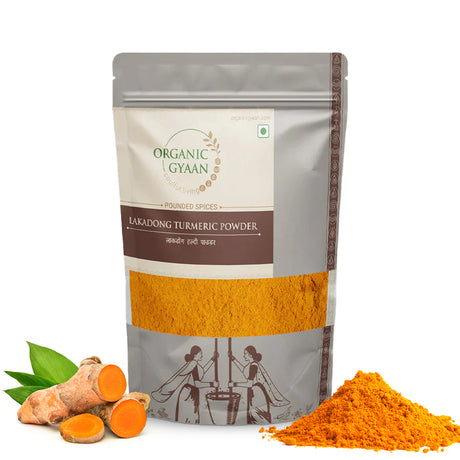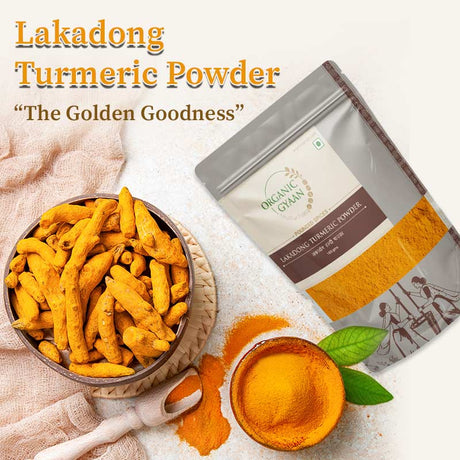Poha, a traditional Indian breakfast dish made from flattened rice, has long been cherished for its delightful taste and quick preparation time. But beyond its convenience and flavor, poha packs a nutritional punch that can benefit anyone looking for a healthy meal option. In this blog, we'll dive into the nutritional value, health benefits, and calorie information of poha, shedding light on why it's a smart choice for your diet.
Is Poha Good for Your Health?
Absolutely! Poha is not just a tasty and easy-to-make dish; it also offers numerous health benefits, making it an excellent addition to your diet. It's made from rice that is parboiled, flattened, and then dried, resulting in a light and fluffy texture. This process preserves the nutritional value of the rice, making poha a rich source of essential nutrients.
Poha can be made from different types of millets, each bringing its unique nutritional profile and health benefits. Let's explore some of these:
1. Foxtail Millet Poha:
This variety is a boon for digestive health due to its high dietary fiber content, making it effective in enhancing bowel regularity and preventing constipation. Additionally, it is laden with essential minerals such as iron and magnesium, which are crucial for the formation of hemoglobin and maintenance of muscle and nerve functions, respectively.
Consuming foxtail millet poha can lead to improved energy levels as it provides a steady release of energy, making it an excellent choice for breakfast or a snack.
2. Little Millet Poha:
Known for its richness in B-vitamins, this type of poha supports numerous bodily functions including energy production, brain function, and maintaining healthy skin and muscles. It also contains vital minerals like potassium and zinc, which contribute to heart health and immune system functionality. The low glycemic index of little millet poha makes it beneficial for individuals aiming to manage their blood sugar levels, rendering it a smart choice for those with diabetes or those monitoring their glucose intake.
3. Kodo Millet Poha:
Kodo millet poha stands out due to its exceptional antioxidant content, which combats free radicals and reduces the risk of chronic diseases. The anti-diabetic properties of kodo millet, attributed to its low glycemic index and high fiber content, help in managing blood sugar levels effectively.
Moreover, it is beneficial for weight management, as its high fiber content aids in maintaining satiety, thereby reducing overall calorie consumption.
4. Barnyard Millet Poha:
Barnyard millet poha is particularly noted for its high protein and fiber content, which support muscle health and digestive well-being. The protein content aids in the repair and growth of muscle tissues, making it an ideal choice for athletes or individuals engaged in regular physical activities.
Additionally, the fiber promotes a feeling of fullness, assisting in weight loss by curbing appetite and minimizing snack cravings.
Poha Calories: Exploring the Nutritional Value of Flattened Rice Poha
Poha Calorie Information:
A typical serving of poha contains about 250-300 calories, making it a light yet fulfilling meal. This calorie count can vary depending on the ingredients added, such as peanuts, peas, or vegetables, which can increase its nutritional value and caloric content.
Poha Nutritional Value:
Poha is nutritionally rich, offering a good balance of carbohydrates, proteins, fiber, and vitamins. Here's a quick overview of its nutritional profile per 100g serving:
| Nutrient | Amount |
|---|---|
| Energy | 110 kcal |
| Carbohydrates | 23 g |
| Protein | 2.5 g |
| Fat | 1 g |
| Dietary Fiber | 1.2 g |
| Iron | 0.7 mg |
| Magnesium | 20 mg |
| Phosphorus | 60 mg |
| Potassium | 70 mg |
| Sodium | 5 mg |
| Zinc | 0.4 mg |
| Vitamin B6 | 0.1 mg |
| Folate (B9) | 20 µg |
This table shows that poha is a low-calorie food rich in essential nutrients, making it an excellent choice for a healthy breakfast or snack.
Health Benefits of Poha
Poha is more than just a tasty breakfast option; it provides several health benefits, making it a valuable addition to your diet:
1. Promotes Healthy Blood Cell Formation
One of the significant benefits of poha is its high iron content, which helps in preventing iron deficiency and anemia. Regular consumption of poha can help maintain healthy blood cell levels and improve oxygen flow throughout the body.
The iron in poha contributes to the production of hemoglobin, ensuring that your tissues and organs receive adequate oxygen.
2. Enhances Digestive Health and Nutrient Absorption
Being rich in fiber, poha promotes a healthy digestive system. It aids in preventing constipation and supports the growth of beneficial gut bacteria, ensuring efficient nutrient absorption.
The dietary fiber in poha helps regulate bowel movements and can improve overall gut health, making it an excellent choice for digestive well-being.
3. Aids in Weight Loss Efforts
Poha is an excellent food for those trying to lose weight. Its high fiber content keeps you feeling full longer, reducing the likelihood of overeating.
Additionally, being low in calories, it can easily fit into a weight management diet. The fiber in poha helps curb hunger and promotes satiety, making it easier to stick to a healthy eating plan.
4. Acts as a Sustainable Energy Source
Poha is a good source of healthy carbohydrates that provide energy to the body. It is an ideal breakfast choice as it keeps you active and energetic throughout the day.
The complex carbohydrates in poha offer a slow and steady release of energy, preventing energy spikes and crashes that are common with high-sugar foods.
5. Produces Energy and Metabolizes Protein
Poha is enriched with B-vitamins, particularly Vitamin B1 (thiamine), which is crucial for metabolizing protein and converting food into energy.
These vitamins play a vital role in energy production and support the body's ability to utilize proteins effectively. Consuming poha ensures that you receive these essential nutrients, helping to maintain your overall energy levels.
6. Good for Lifestyle Disorders
Due to its low glycemic index, poha is beneficial for people with diabetes as it helps in controlling blood sugar levels. Moreover, its low-calorie content also aids in managing blood pressure and heart health.
The nutrients in poha, such as potassium and magnesium, support cardiovascular health and help maintain a healthy metabolic profile.
Conclusion
Poha (White Flattened Rice) is more than just a convenient and quick meal option; it's a powerhouse of nutrients offering a multitude of health benefits. From maintaining blood health to supporting weight management and providing energy, the benefits of poha make it an excellent choice for anyone looking to maintain a healthy diet.
Whether you prefer traditional rice poha or its millet variants, incorporating this versatile dish into your diet can contribute significantly to your overall well-being. So, next time you're pondering over what to have for breakfast, remember the numerous benefits of poha and give this nutritious dish a try!


